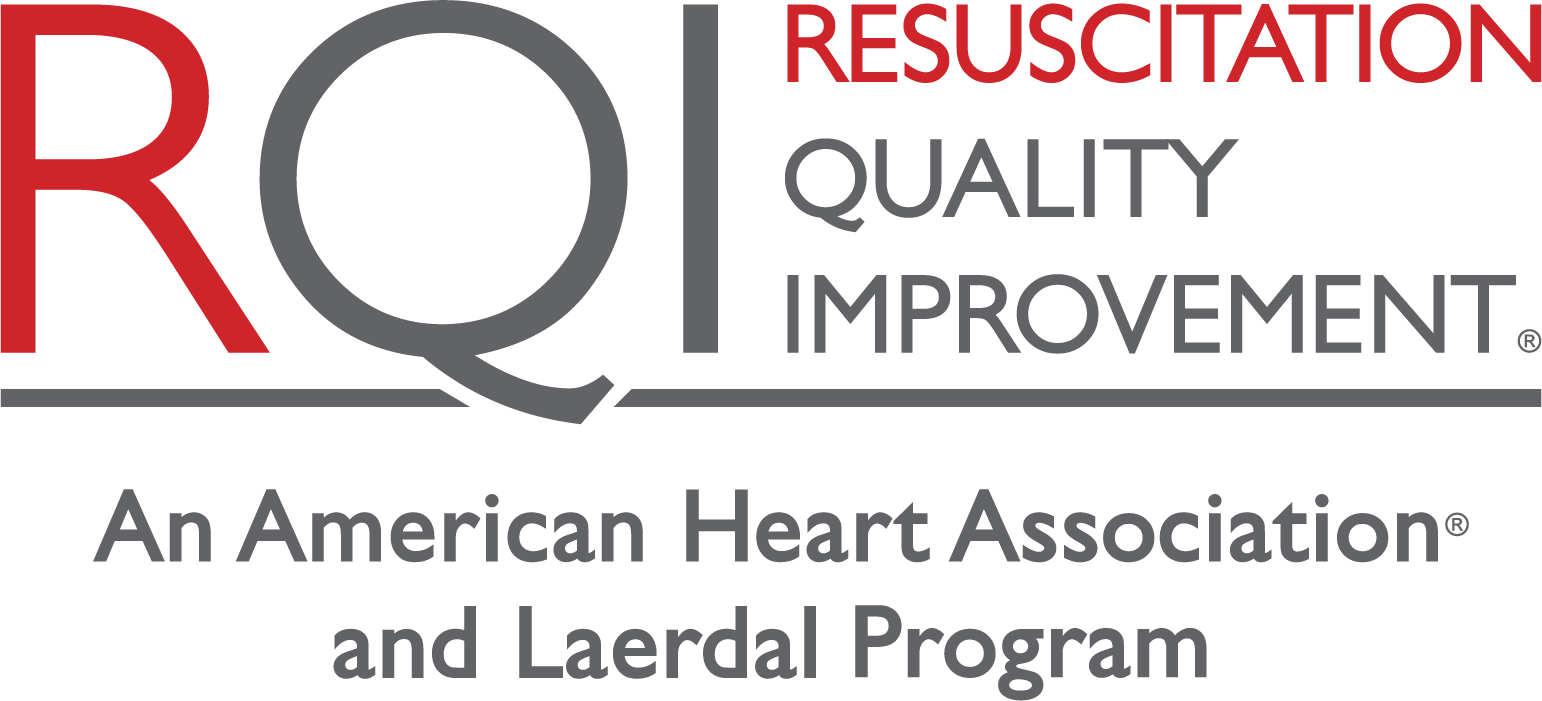Meischke, H. et al. Resuscitation. 2017
Importance of Conclusion
Each year in the United States, over 350,000 people experience out-of-hospital cardiac arrest; fewer than 1 in 10 survive. This study demonstrates that repeated simulation training improves call processing skills and reduces time to telephone-assisted CPR (T-CPR) in simulated call scenarios, and may improve the recognition of the need for T-CPR in more challenging real-life cardiac arrest calls.
Key Points
- Timely arrest identification and initiation of CPR is critical in out-of-hospital cardiac arrest with the chances of survival decreasing by 7-10% for every minute CPR is delayed.
- In this study, Emergency Medical Dispatchers (EMD) that practiced T-CPR in a simulated 9-1-1 call with immediate feedback four times in 12 months performed better overall than EMDs that did not.
- EMDs that received repeated simulation training transitioned to T-CPR, on average, in 60 seconds, being 21 seconds faster than those EMDs that did not receive simulation training, taking an average of 81 seconds.
- Time to instruction for T-CPR was 23 seconds less for EMDS that received repeated simulation training vs those that did not.
- EMDs who had completed 4 simulations trainings demonstrated better performance on avoiding the caller’s attempted diagnosis (label) and assessing the patient’s level of consciousness.
- The performance of EMDs for time to recognition of the need for T-CPR improved with the number of simulation trainings. By 120 seconds, the proportion of calls where the need for T-CPR was recognized was 70% for 1 simulation, 71% for 2, 84% for 3, and 88% for 4 simulations.
